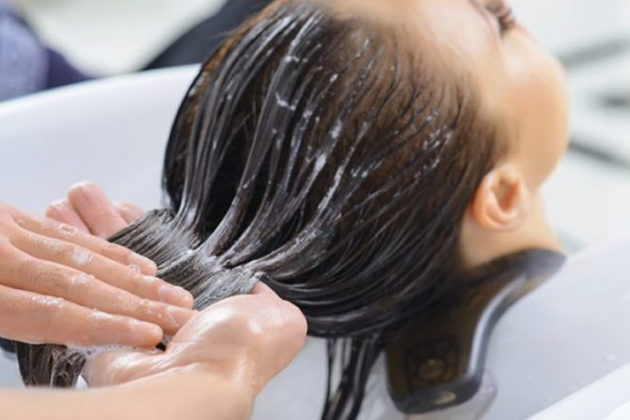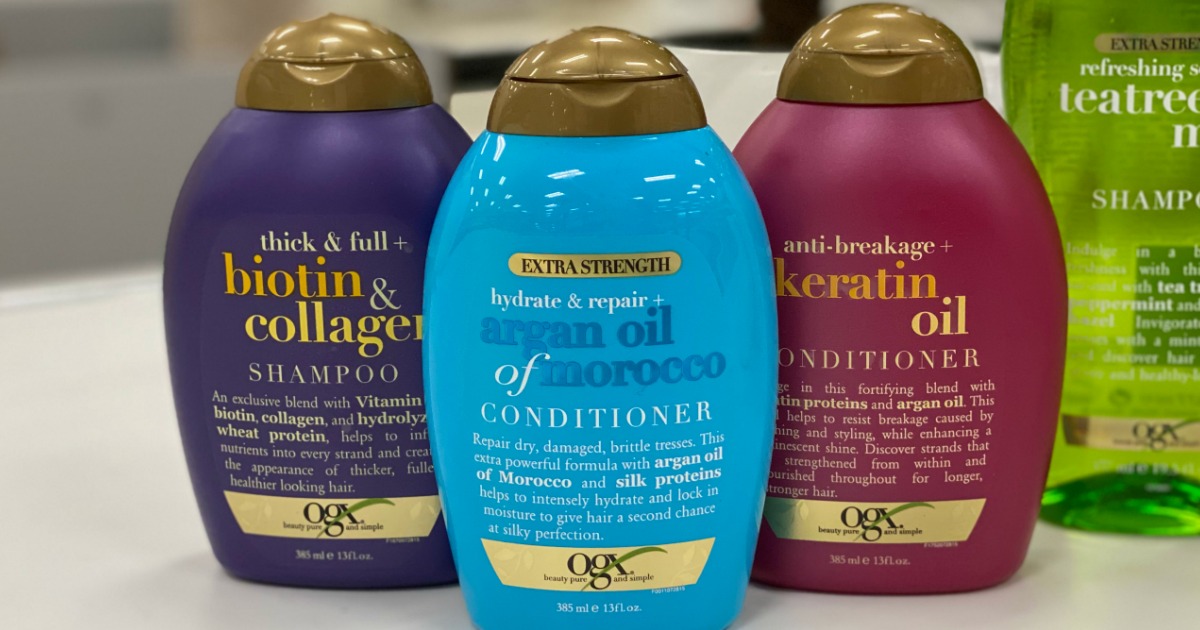Table Of Content

We used z-stack mode to image deep into normal hair shaft without performing section. At ~10 μm deep into the hair, the fluorescence was still strong. 3b, the fluorescence signals of TMARA dye and FITC dye were clearly detected inside hair.
When Should You Consider Cholesterol Supplements?
Since you're probably not eager to slather yourself in mayo, there's good news. You can now achieve the same shine and conditioning effects without having to run to the grocery store. This highlights the possibility of the use of cholesterol hair treatment in overcoming hair loss.
Fatty fish for omega-3 fatty acids and protein
Hair Loss Caused by Fatty Diet Reversed - Genetic Engineering & Biotechnology News
Hair Loss Caused by Fatty Diet Reversed.
Posted: Mon, 30 Jul 2018 07:00:00 GMT [source]
Biotin is essential for the production of a hair protein called keratin, which is why biotin supplements are often marketed for hair growth. Biotin can help improve hair growth in people with a biotin deficiency (3). On the basis of this carbodiimide chemistry, it is assumed that amine compounds form a cross-linkage with the carboxylic acids of the hair, as depicted in Fig. Polylysine can be used as the primary amine, and it (Mw~1500) was employed for the internal modification in this study.
Cholesterol hot oil treatment
Your liver produces enough cholesterol to meet your needs, but you also get some from the foods you eat. Cholesterol doesn’t dissolve in water, so it travels through your blood to reach different parts of your body. Here are some proven ways to use cholesterol treatments for your hair. Topical products containing collagen, such as skin creams and serums, are available, but research backing their efficacy is lacking. Collagen is found in deeper layers, but collagen fibers are too large to permeate the outer skin layers, and peptides (shorter chains of collagen) are unsuccessful. This article will discuss collagen protein and hair growth, collagen types and hair application, who should not use collagen for their hair, and alternatives to collagen for hair growth.
10 habits for good health
The current issue of the Journal of Investigative Dermatology features work from a group with long-term interest in cholesterol metabolism. Cholesterol has been suspected of playing a role in normal hair biology, as illustrated by the hair loss suffered by some patients taking cholesterol-reducing statins. In the current study, Evers et al. (2010) asked the inverse question. Insig proteins normally control cholesterol synthesis by decreasing it whenever sterol levels are high.
This is undoubtedly because the hair lipids can migrate either through transcellular or intercellular diffusion36. The migration of lipids can be occurred due to the equilibrium displacement by the loss of lipids. Recently, 3-aminopropyltrimethoxysilane (APTES) in a sol-gel system was reported to undergo a reaction between the hydroxyl group of hair and the silanol moiety of APTES34.
Rosemary Oil

“If you're interested in trying oils for hair growth, I encourage you to do so — but remember to use it in moderation and conjunction with other healthy hair practices,” he concludes. “if you're interested in trying oils for hair growth, i encourage you to do so — but remember to use it in moderation and conjunction with other healthy hair practices,” he concludes. These treatments that emit red- or near-infrared light are believed to stimulate hair follicles to help hair grow, with a lower risk of side effects compared to topical creams and oral medications.

Softening the hair
Cholesterol hair treatments can also help to keep curly and thick hair hydrated, defined, and more manageable. "The product is specifically formulated for dry, damaged, chemically treated or over-processed hair," says Hampton. Experts recommend using this treatment only on your hair ends if you have oily hair. People with dry hair can treat their hair with cholesterol from roots to tips.
Staying Healthy
The cholesterol hair treatment is specially used to repair dry, brittle, and damaged hair from the overuse of chemical and coloring treatments. From hot oils, to creamy masks and even homemade DIY treatments, there are many ways to use cholesterol treatments for healthier hair. When the hair was washed with an SLES solution containing highly charged cationic polymers, the charge potential was effectively increased (Fig. 2a). The averaged ζ-potential was determined to be −16.3 mV in the case of the control hair which is treated with an SLES solution containing a typical cationic polymer having 1.0% nitrogen.
A mixture of anionic and zwitterionic surfactants undergoes a transition from a spherical to a cylindrical micelle at 150 mM28. Since the surfactant concentration was less than 10 mM in this study, the geometrical shape of micelles would be spherical. The micellar diameter of SLES as measured was 1.4 nm (Supplementary Fig. 12). Indeed, many studies have reported the penetration of surfactants into hair.
Regardless of what you use, either homemade oils and eggs or mayonnaise, the results are excellent. Some can be bought in the markets or online, while others you can do on your own at home. Cholesterol treatment aids in the repair and replenishment of damaged or dry hair. Consuming high-cholesterol foods will not produce the same results as applying cholesterol directly to the hair. In fact, if you eat certain meals, your blood cholesterol level may rise. It can also impact your health negatively and lead to serious heart problems.
You might not love the smell of mayonnaise or eggs, and that’s okay. If you don’t like the smell of eggs, it is recommended you use store-bought mayonnaise. In this treatment, cholesterol oil is applied to the hair immediately after shampooing. Then a cap is placed over the head for almost one minute and then washed off, followed by a regular conditioner. It is generally meant to restore the natural moisture of the hair.
While many products do provide applicator nozzles that reach through the hair, some droppers aren’t as precise. In 2007 Wan et al. described a mammary gland–specific peroxisome proliferator–activated receptor-γ (PPARγ) knockout mouse that showed no phenotype itself. But pups suckling on the mutant dam developed an alopecia induced by oxidized lipids carried in the milk.

No comments:
Post a Comment